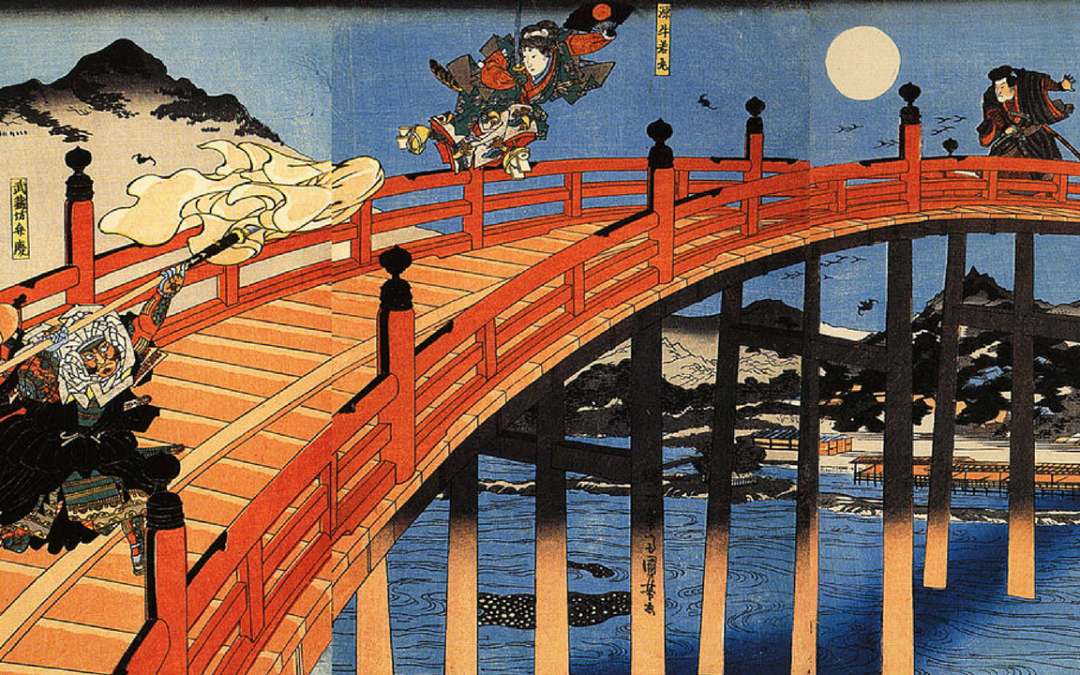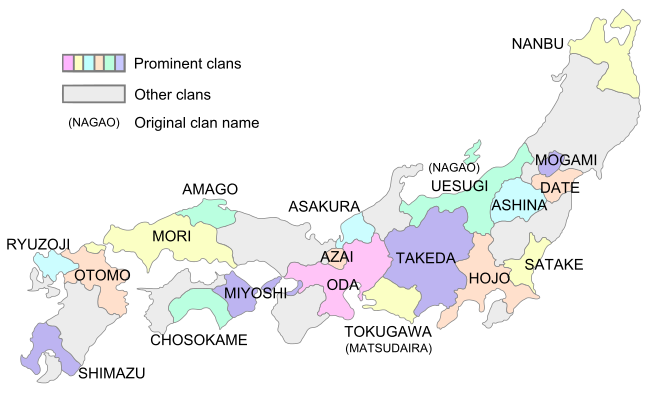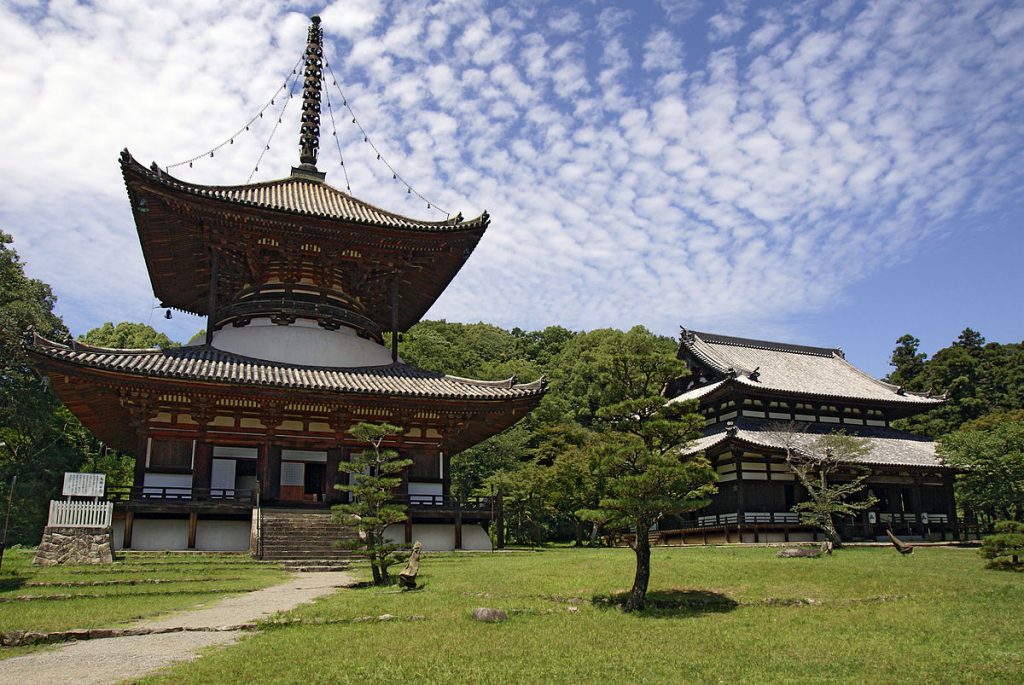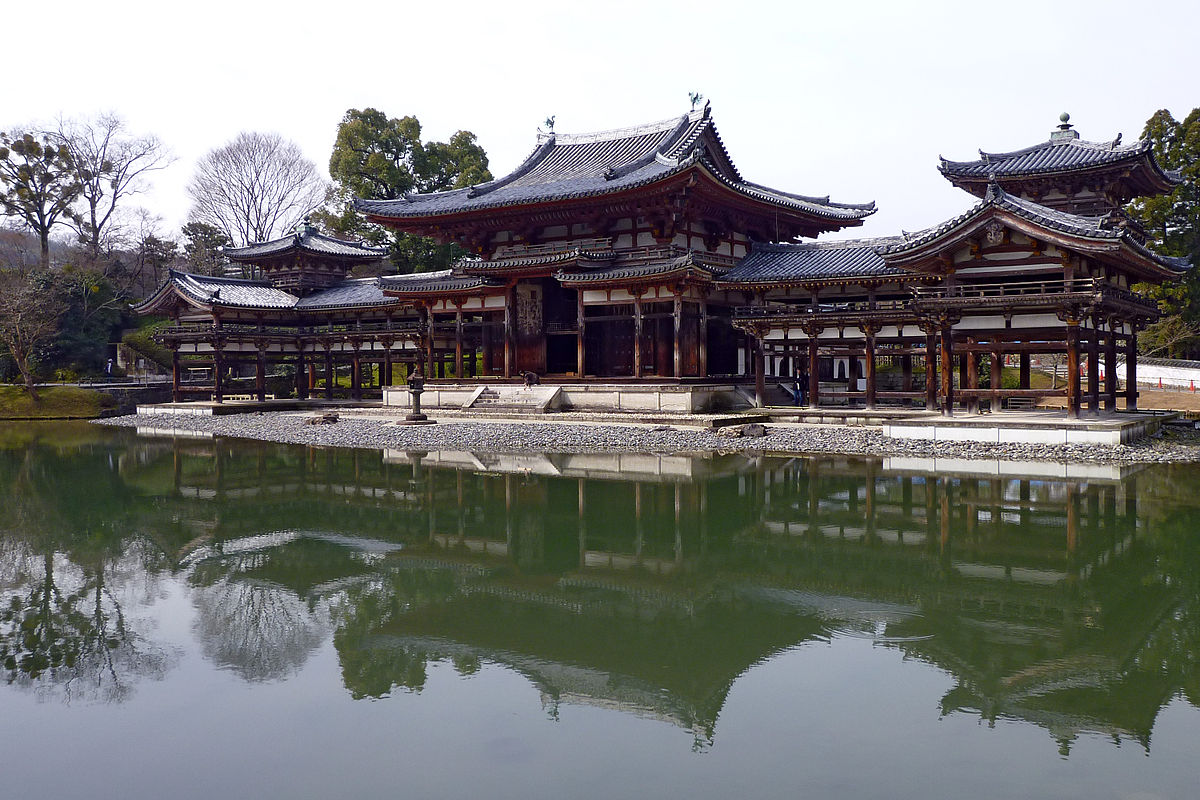This is a list of Japanese Warrior Monks, and organisations of warrior monks, as well as a few entries from other countries. There are two main types of Japanese warrior monks, Sohei, and Yamabushi. The Yamabushi wandered the mountains of Japan, trying to find ways of attaining spiritual powers. The Yamabushi were solitary, and spent most of their time alone, although they were loosely organised and could come together for battles. The Sohei were Buddhist monks who dedicated themselves to a life devoid of the normal pleasures of life, such as song, wine or women. The list isn’t arranged in any particular order.
Benkei
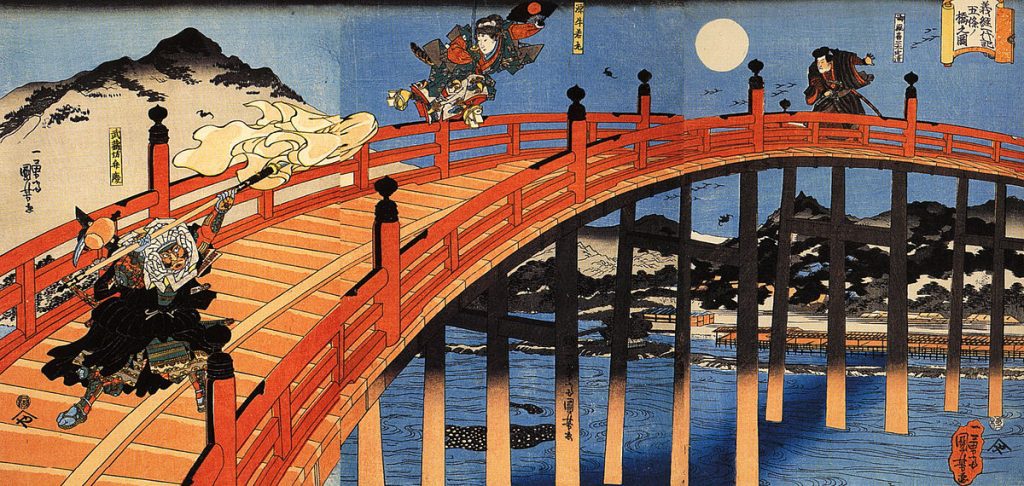
Benkei is one of the most famous Japanese warrior monks in history. He stood at a bridge and duelled any samurai who tried to cross it. If he won then they would have to disarm and give him their weapon. He collected 999 swords this way. His 1000th duel was against Minamoto no Yoshitsune, who defeated him. Benkei decided to become his retainer and followed him everywhere. Benkei was a great asset, and his reputation boosted the morale of those around him, and while terrifying the opposing force.
A lot of the Minamoto clan’s success is partly due to him. His master Yoshitsune was betrayed by his brother, and was ousted from the clan and they both became outlaws. Four years later fate had turned on them once again, and they found themselves trapped in a castle, surrounded by enemies. While Yoshitsune stayed in the castle to commit seppuku, Benkei waited outside. He stood on the bridge to guard the entrance to the castle. Most of the enemy troops were too afraid to approach the bridge, the ones that did were swiftly cut down. It’s said that Benkei killed more than 300 trained soldiers.
Gochi-in no Tajima
Tajima gained the nickname “Tajima the arrow cutter”, because of part in the Battle of Uji. In the book of Heike Monogatari it says “”Then Gochi-in Tajima, throwing away the sheath of his long naginata, strode forth alone on to the bridge, whereupon the Heike straightaway shot at him fast and furious. Tajima, not at all perturbed, ducking to avoid the higher ones and leaping up over those that flew low, cut through those that flew straight with his whirring naginata, so that even the enemy looked on in admiration.” The Battle of Uji took place in 1180, and many warrior monks fought in it.
Jomyo Meishu of Tsutsui
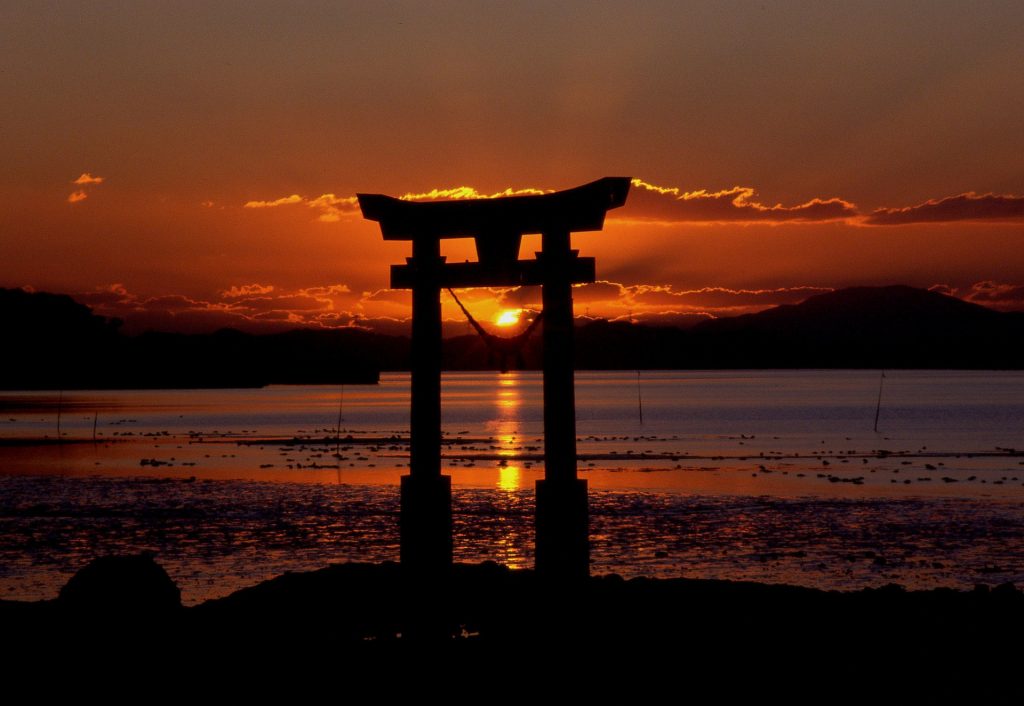
Tsutsui fought against the Taira clan at the Battle of Uji. “And loosing off his twenty-four arrows like lightning flashes he slew twelve of the Heike soldiers and wounded eleven more. One arrow yet remained in his quiver, but flinging away his bow he stripped off his quiver and threw that after it, cast off his footwear and springing barefoot on to the beams of the bridge he strode across.”
He apparently mowed down several enemies while standing on the bridge’s beam. He killed six men using his naginata, but it broke while he was fighting. To replace his naginata he drew a tachi, and began fighting with that, but it broke when he stuck an enemies helmet. He then resorted to using his last weapon, a tanto knife. It’s said that he had 26 arrows sticking out of him by the end of the battle, which is possible considering the strength of samurai armour.
Hyujeong
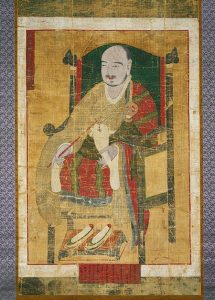
Hyujeong was a Korean warrior monk, and a Zen master. He spent most of his life as a spiritual teacher, wandering from monastery to monastery, and became quite famous. While he was in his early seventies, Korea was invaded by Hideyoshi, who can managed to become Shogun of Japan. The ruler of Korea ran away, and asked Hyujeong to organise warrior monks to fight off the enemy. These monks helped raise morale, and were an important part in ousting the Japanese from Korea.

The Negoro-gumi
The Negoro-gumi were a group of Japanese warrior monks allied with the Ikko-Ikki, and with Tokugawa Ieyasu. Unfortunately this group’s alliance with Ieyasu would lead to their destruction. The Negoro-gumi were especially skilled with firearms and naginata. They played a part in many key battles, including the siege of Ishiyama Hongan-Ji, the most important Ikko-ikki base. These monks were unusual in that they spent more time training martial arts, than praying or engaging in religious activities. Many of the monks hadn’t even taken monastic vows, yet they were still more than ready to die for their religion. 1585 they were attacked by Toyotomi Hideyoshi, the main rival of Tokugawa Ieyasu. Hideyoshi burned their temple to the ground, and the monks were forced to escape. Some joined Tokugawa’s force, and became the core of his firearms unit.
Shaolin
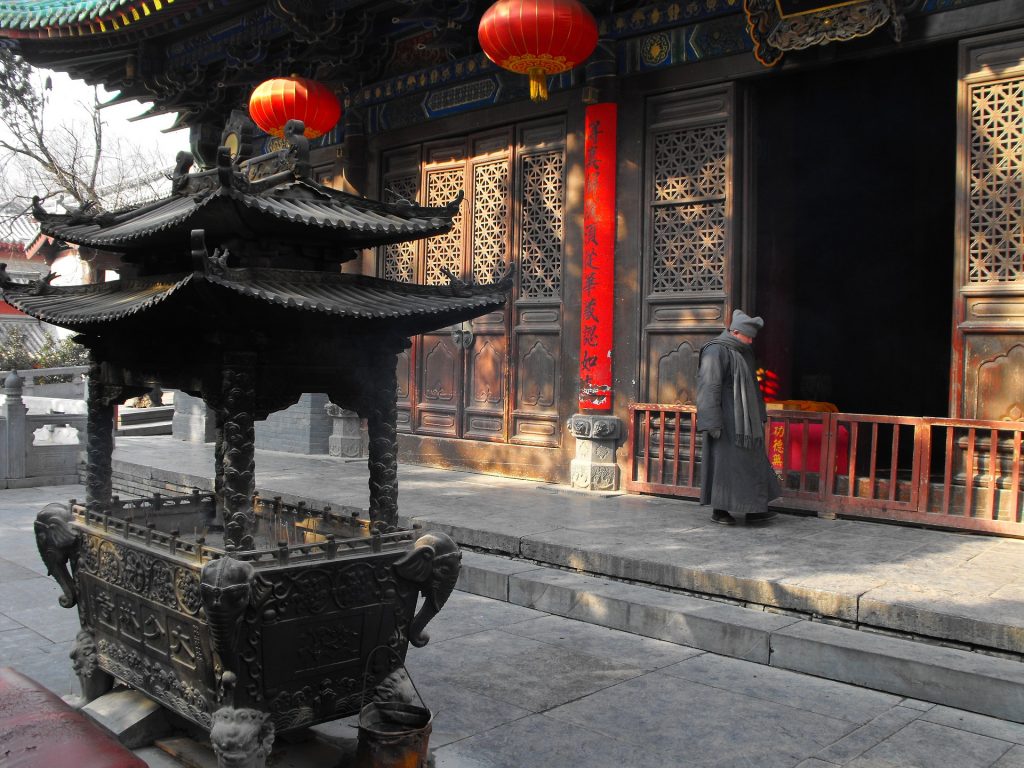
Shaolin monks are Chinese warrior monks. It stems from a Shaolin temple in Henan province, China. It was brought to China by an Indian man who the Chinese called Batuo. He taught three students who were said to be exceptionally skilled at martial arts. Shaolin Kung Fu has a long 1500 year history.
Rennyo
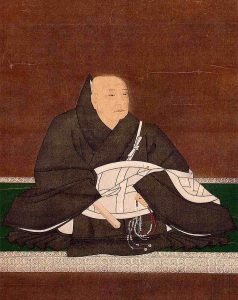
Rennyo was leader of the Ikko-Ikki for a period of 42 years. He was one of the most influential people on the Ikko-Ikki. Rennyo had a complicated relationship with the Ikko-Ikki, he would use them to help defend his temple but also made sure not to be make people think he was not a part of the wider social rebellion. Sometimes he would train them, and act as a spiritual leader, but would also restrain them at times.
Knights Templar

The Knights Templar were Catholic warrior monks from Europe, who took part in the Crusades. They were found in 1129. The Knights Templar were some of the most capable warriors during the Crusades. Some of the members wouldn’t engage in combat but would build fortresses, and even developed an early system of banking. After the Holy Land was lost the group lost popularity and was eventually disbanded in 1312 by Pope Clement V.
Ichirai
Ichirai was also a warrior monk who fought at the battle of Uji. He couldn’t fit on the bridge’s beam so jumped over his fellow monks to join the fray. He kept fighting until he was eventually cut down. The battle was fought between the Taira clan, and the Minamoto Clan, who were allied with the monks from Mii-dera. The most famous of these monks were Ichirai, Tsutsui Jomyo Meishu, and Gochi-in no Tajima.

Kōsa
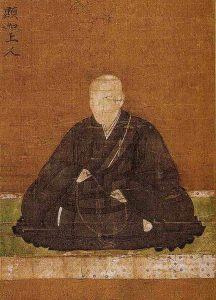
Kosa was a leader of the Ikko Ikki, a faction of Japanese warrior monks from the Sengoku period who opposed samurai rule. Kosa headed a cathedral which he had turned into a castle. It was one of the most fortified in Japan at the time, and was believed to be unbreachable. Kosa ended up going to war with Oda Nobunaga. In 1570 Nobunaga besieged the castle; it would be the longest siege in Japanese history. The Ikko-Ikki managed to defend the castle for years, but were slowly running out of resources, and their allies refused to give them the help they needed.
Kosa left the cathedral to try and get reinforcements, and left his son in charge. Kosa’s son surrendered to Nobunaga after Kosa left, because he had been sent a letter from the Emperor of Japan, ordering him to do so. The cathedral was destroyed after this. Kosa must have been devastated by the loss, but didn’t give up on his vision of there being a central cathedral fortress for his sect of Buddhism. Eventually he managed to build a new one called the Nishi Hongan-ji, which can still be seen in Japan today.

